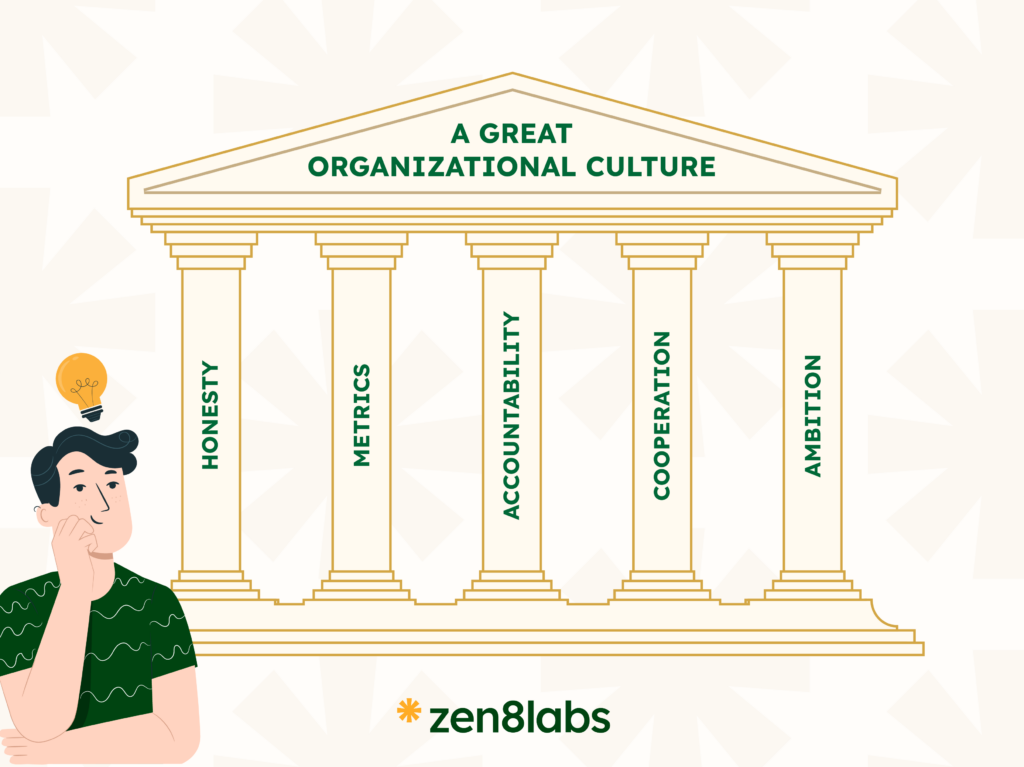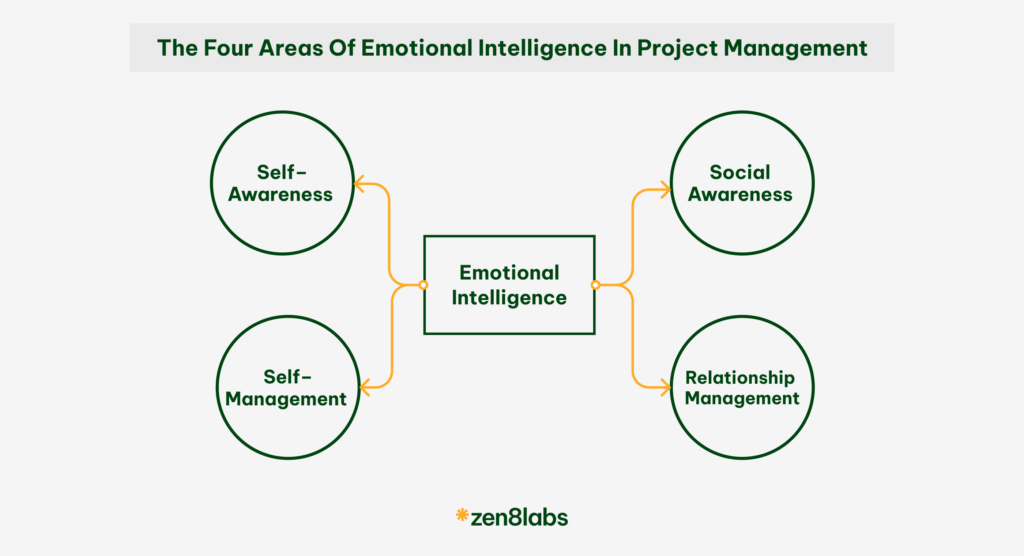Many organizations are increasingly turning towards agile project management to maximize efficiency and minimize risk. But while the advantages of this approach have been well-documented, there is still one critical factor that often gets overlooked: stakeholder engagement.
Through our various experiences in working with different projects and partners, zen8labs understands that this matter can lead to a lot of frustration and can bring projects to a grinding halt when the project manager takes stakeholder engagement for granted.
Stakeholder engagement in a Blink!
Stakeholder engagement is a process through which project managers seek to understand the needs, expectations, and concerns of those individuals or groups who could potentially be impacted by the project. The goal is to ensure that all teams are kept informed and involved throughout the project so that they can provide input and feedback as needed. One thing to keep in mind is that stakeholder engagement is not a one-time event; it should be an ongoing process throughout the life of the project.
Furthermore, different stakeholders will require different levels of engagement depending on their involvement. For example, key decision-makers will need to be kept updated on major milestones and developments, while others may only need periodic updates or information on specific aspects of the project that impact them.
Strategies for engaging stakeholders
1. Keeping them informed – One of the best ways to engage stakeholders is to keep them up-to-date with what’s going on in the project. This could involve sending regular updates, holding regular meetings, or using a project management information system (PMIS) like Jira, Youtrack, Azure DevOps…etc.
2. Getting their input – It’s also important to solicit input from involved parties throughout the project. You could do this by asking for feedback on specific decisions, conducting user research, or holding workshops to generate ideas or get suggestions.
3. Involving them in the decision-making process – At zen8labs, we recognize the value of including stakeholders in key project decisions, leveraging their expertise and insights to drive successful outcomes. This could mean giving them a vote on certain decisions, letting them contribute to the product backlog, or involving them in sprint planning sessions.
4. Making it personal – Finally, one of the best ways to ensure commitment is to make it personal. This means tailoring communications and interactions to meet their individual needs and expectations. It might also involve building relationships with key stakeholders outside of work hours.
Recommendations for effective communication with stakeholders
There are a number of tools and techniques that can be used to effectively communicate with stakeholders in an agile project management context. One of the most important things to remember when communicating with stakeholders is to be clear, concise, and transparent in your communication. Some recommendations you might need in order to become a great communicator:
1. Establish a clear and concise communication plan at the outset of the project. This will ensure that everyone understands how communication will take place throughout the course of the project.
2. Hold regular stakeholder meetings. These meetings provide an opportunity for stakeholders to give input on the project, ask questions, and receive updates on progress.
3. Use visual aids to communicate project status and progress. This could include using a Kanban board or burndown chart to track progress or creating visually- appealing presentations or reports.
4. Be responsive to stakeholder inquiries and concerns. Show that you value their input by responding promptly and addressing their issues in a timely manner.
5. Seek feedback from stakeholders regularly. This feedback can help you adjust your plans and strategies based on stakeholder needs and expectations.
Challenges and how to overcome them

One of the toughest hurdles that a project manager might encounter is getting all of the stakeholders on board with the agile process. Some stakeholders may be resistant to change or unfamiliar with agile methodologies. It can be easy for some stakeholders to lose interest or become disengaged if they don’t see how we use their input.
Also, it can be a challenge to get all of the stakeholders to agree on decisions that need to be made during the project. This can often lead to delays or even arguments among the stakeholders. Here are some tips for overcoming difficulties in engaging stakeholders:
1. Communicate on time and often. Keep stakeholders updated on the project’s progress and solicit their feedback regularly.
2. Be transparent. Share information about the project openly and encourage stakeholders to ask questions.
3. Build relationships. Get to know your stakeholders and what their goals and concerns are. This will help you build trust and mutual respect.
4. Be flexible. Be willing to adjust the project stakeholder engagement plan based on stakeholder input.
5. Make it easy for them to get involved. Remove barriers that might prevent stakeholders from participating in the project, such as time constraints or lack of knowledge about agile methods
Conclusion
Having stakeholders involved in the project from the start will make it more likely that they will fully dedicate themselves to the project’s success and also promptly address any worries or problems that develop throughout the course of the project. At zen8labs, we understand that significance and strive to create a culture of inclusivity and collaboration. Contact us today, and let us help your organization to cultivate strong stakeholder engagement and drive your project’s success.
Phuong Anh, Project Manager





